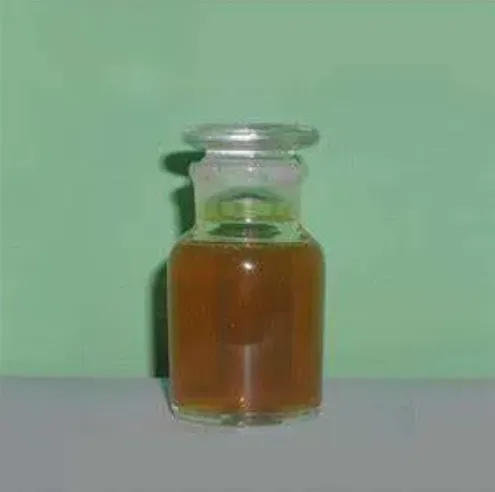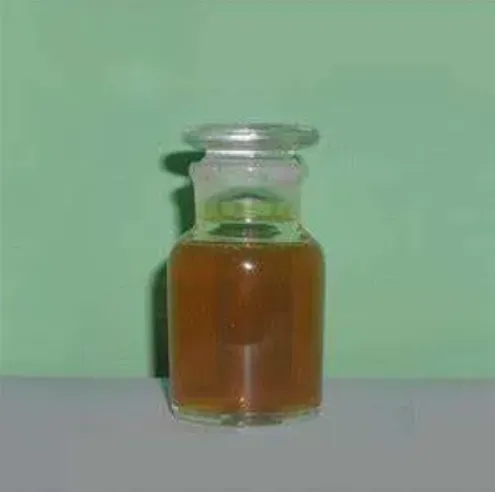


Understanding Chlorpyrifos Resistance: Causes and Solutions

Chlorpyrifos is widely used in agriculture and pest control for its effectiveness against a broad spectrum of insects. Available in different formulations such as chlorpyrifos 97 TC and chlorpyrifos 40 EC, it has long been a trusted choice for farmers and pest management professionals. However, the increasing resistance of pests to chlorpyrifos for sale has become a growing concern. Understanding the causes of this resistance and implementing effective solutions is crucial for maintaining the efficiency of chlorpyrifos in pest control.
How Chlorpyrifos Resistance Develops in Pests
Pests develop resistance to chlorpyrifos through repeated exposure and natural selection. When a population of insects is exposed to chlorpyrifos 40 EC or chlorpyrifos 97 TC, some individuals may have genetic traits that allow them to survive. These survivors reproduce, passing on their resistance traits to the next generation. Over time, this leads to a population that is increasingly difficult to control with chlorpyrifos for sale.
The overuse and misuse of chlorpyrifos accelerate this process. Applying excessive amounts, using it too frequently, or failing to rotate with other insecticides can lead to rapid resistance buildup. In areas where chlorpyrifos 97 TC has been used consistently for years without alternation, resistance levels are notably higher, making pest management more challenging.
The Role of Chlorpyrifos 97 TC in Pest Control Strategies
As a high-concentration formulation, chlorpyrifos 97 TC is an essential tool for controlling a variety of pests. It is commonly used in large-scale agriculture to protect crops from harmful insects that threaten yields. Despite its potency, reliance on chlorpyrifos 97 TC alone can contribute to resistance issues if not used strategically.
To maintain the effectiveness of chlorpyrifos 97 TC, it should be integrated into a comprehensive pest control program. Farmers and pest control professionals should rotate it with other insecticides that have different modes of action. This prevents pests from adapting too quickly and reduces the risk of developing full resistance. Proper application techniques and adhering to recommended dosages also play a significant role in sustaining its efficacy.
Optimizing the Use of Chlorpyrifos 40 EC for Long-Term Effectiveness
Chlorpyrifos 40 EC is a widely used emulsifiable concentrate formulation that provides effective pest control in both agricultural and urban settings. To ensure its long-term effectiveness, users must follow best practices in application. Applying chlorpyrifos 40 EC at the right time and under suitable weather conditions enhances its impact while reducing unnecessary exposure to non-target species.

One of the key strategies for optimizing chlorpyrifos 40 EC is monitoring pest populations before application. Using pest surveillance techniques can help determine the right timing and avoid unnecessary treatments. Additionally, combining chlorpyrifos 40 EC with other control methods such as biological pest management and cultural practices can further delay resistance buildup.
Integrated Pest Management: The Key to Preventing Resistance
The most effective way to combat chlorpyrifos resistance is through an Integrated Pest Management (IPM) approach. IPM involves using multiple pest control strategies, including chemical, biological, and cultural methods, to minimize reliance on any single insecticide. By incorporating natural predators, crop rotation, and resistant crop varieties, farmers can reduce the pressure on chlorpyrifos for sale and slow down resistance development.
Proper education and training on pesticide use also contribute to sustainable pest management. Farmers and pest control operators should be aware of resistance risks and the importance of rotating insecticides. By implementing IPM techniques, the agricultural industry can continue to benefit from the power of chlorpyrifos 97 TC and chlorpyrifos 40 EC without compromising their long-term effectiveness.
For those looking for high-quality chlorpyrifos for sale, our website offers premium formulations, ensuring reliable pest control solutions. Visit our site to explore our range of chlorpyrifos products designed for effective and sustainable pest management.
Chlorpyrifos Resistance FAQs
Why are some pests no longer affected by chlorpyrifos?
Pests can develop resistance to chlorpyrifos after repeated exposure. Over time, the surviving insects pass on resistance traits, making the pesticide less effective.
How can I prevent resistance when using chlorpyrifos 97 TC?
To prevent resistance, rotate chlorpyrifos 97 TC with other insecticides, follow recommended application rates, and use Integrated Pest Management (IPM) strategies.
Is chlorpyrifos 40 EC still effective against resistant pests?
Chlorpyrifos 40 EC can still be effective when used correctly. However, if resistance has developed in a pest population, combining it with other control methods is necessary.
Can I mix chlorpyrifos with other pesticides?
Yes, but it is important to check compatibility and ensure the combination targets different pest mechanisms to reduce resistance risks.
Where can I buy high-quality chlorpyrifos products?
You can purchase premium chlorpyrifos for sale, including chlorpyrifos 97 TC and chlorpyrifos 40 EC, from our website, offering reliable and effective pest control solutions.
-
Uncover the Benefits of Sodium ChlorateNewsJun.24,2025
-
Sodium for Sale: Your Essential ResourceNewsJun.24,2025
-
Raw Materials in Chemical IndustryNewsJun.24,2025
-
Potassium Hydroxide: Versatile Solutions for Your NeedsNewsJun.24,2025
-
Organic Pesticides and Chemical Raw Materials: Building a Sustainable FutureNewsJun.24,2025
-
Discover Premium Chlorine Tablets TodayNewsJun.24,2025
-
Zinc for Sale: Your Essential ResourceNewsJun.04,2025


















